A regular mill grinds grain to create flour, but what needs to be ground to create the dream body? The answer is simple – calories, and with them extra pounds. In this, by the way, the “mill” will also help. Of course, you can not do without this exercise, but it will be a good addition to the warm-up and training.
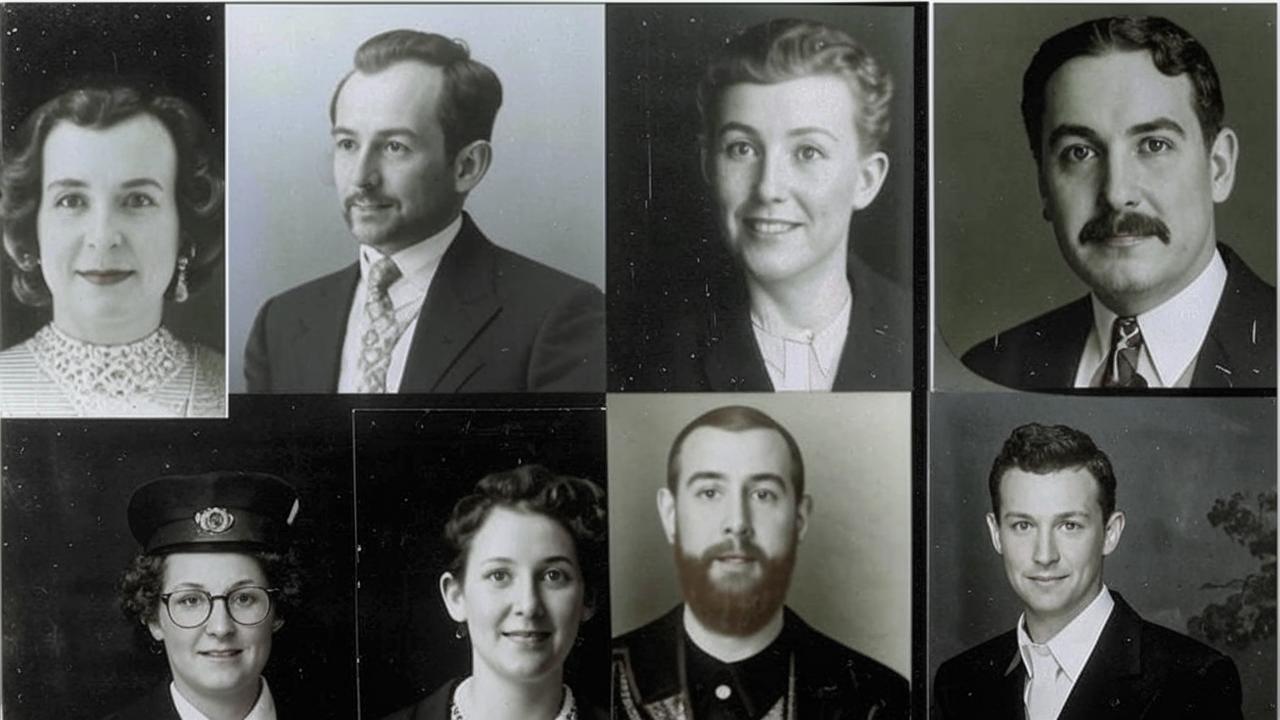
fitness trainer of DDX Fitness network
“The mill exercise, also known as the windmill, helps improve hip mobility, hamstring flexibility and core strength. In addition, it helps improve overall body coordination and balance.”
-
How to perform without mistakes: three techniques
-
Kontrindikācijas
How to perform without mistakes: three techniques
Each of the three variations can be accompanied by common mistakes such as incorrect back and arm positioning and under-utilization of core muscles. To avoid these, it is important to maintain correct posture, ensure a stable position and actively engage the body throughout the movement. It is also important to keep your arms straight and perform controlled, deliberate movements.
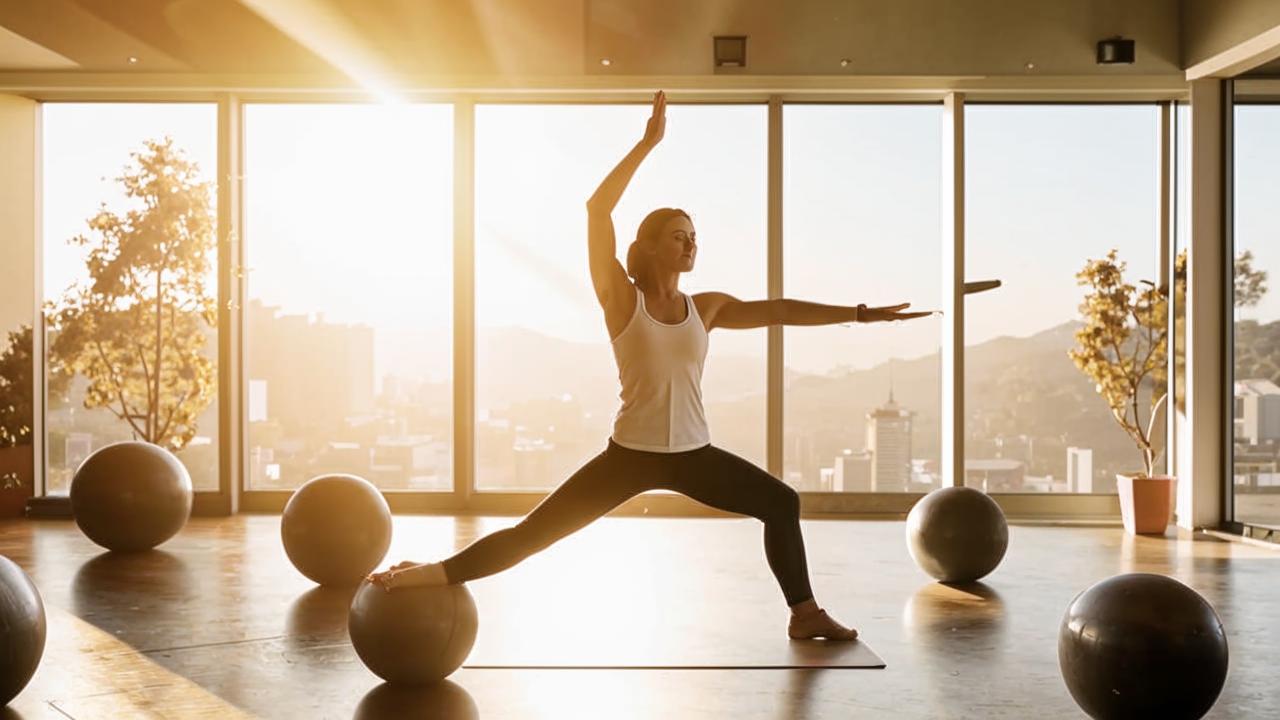
Classic mill
Let’s start with the most basic variant, which is often used in warm-ups. Performing this movement will improve circulation and mobility. It will improve the tone of the muscles of the back and hips, as well as stretch them.
Tehnika
- Stand up straight with your feet shoulder-width apart. Lean forward, slightly pulling the pelvis back and keeping a straight back. Keep your knees straight. Lower yourself until your body forms a right angle with your legs. Extend your arms out to the sides.
- Smoothly begin to rotate the body to one side until the lower arm reaches the opposite foot. For example, the right hand, once at the bottom, should touch the left toe, with the left hand pointing upward. Then rotate the body to the opposite side until the arm position changes.
- Keep your back straight throughout the exercise. Do not do swings, perform the movement under control.
- Repeat the movement at a moderate pace without stopping.
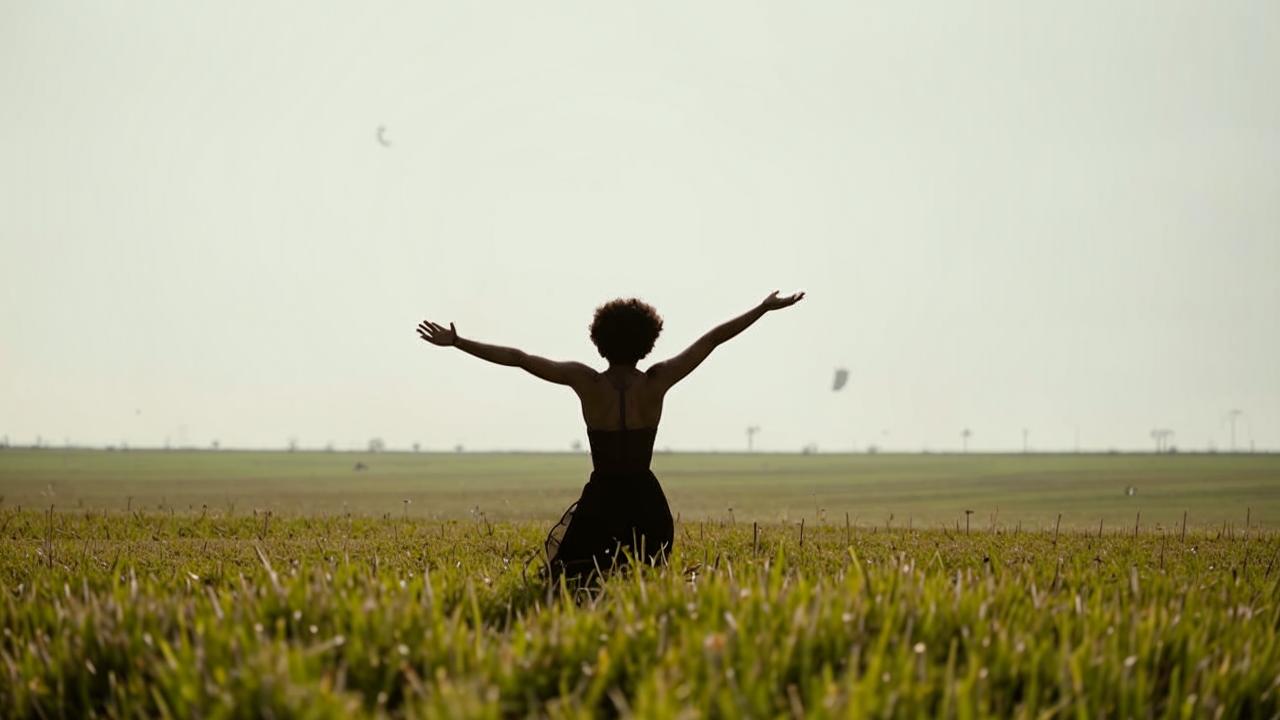
Single leg mill
This is a more complex and advanced version of the execution, requiring advanced coordination skills. The difference from the classic one is a smaller fulcrum and, accordingly, greater involvement of muscles. Here the glutes, abs and stabilizers are included in the work, they help to keep the balance and make the rotation.
Tehnika
- Stand up straight with your feet shoulder width apart. Lean forward with your pelvis slightly back and keep your back straight. Keep your knees straight. Lower until the body is parallel to the floor. Extend your arms out to the sides.
- Now take one foot off the floor and bring it as close to the “parallel to the floor” position as possible.
- If it is difficult to find balance, you can bend the supporting leg slightly.
- Smoothly start rotating the body to one side until the lower arm is perpendicular to the floor and the upper arm is pointing clearly at the ceiling. Then rotate the body in the opposite direction until the arm position changes.
- Keep your back straight throughout the exercise. Do not do swings, perform the movement under control.
- Repeat the movement at a moderate pace without stopping.
- Change the supporting leg and repeat the movement.
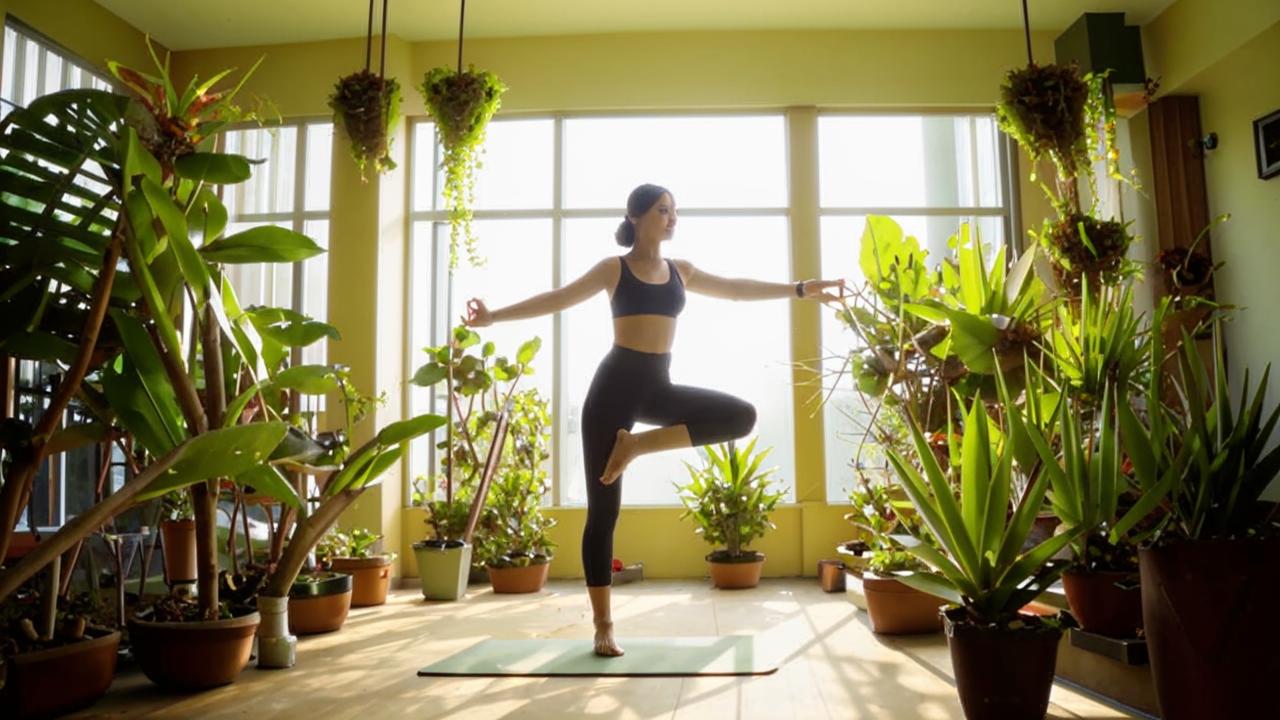
Kettlebell mill
Exercise for weightlifters, which definitely belongs to the strength exercises. It allows you to strengthen the glutes and the posterior surface of the thigh. Pay attention not only to the technique of execution, but also to the selection of the weight of the kettlebell: do not rush to take a heavy projectile, first refine the movement.
Tehnika
- Stand up straight, feet shoulder width apart. Take the kettlebell in your right hand, throw it on your shoulder.
- Bend your legs at the knees, then straighten your arm and at the same time squeeze the kettlebell upwards, strictly vertically.
- Spread your legs wider than your shoulders, with your left foot turned 45 degrees. Move your pelvis to the right, transferring the weight to your right leg.
- Start leaning to the left side, reach down with your left hand. If you can’t touch the surface, you can reach down to your shin. Direct your right hand with the kettlebell strictly upwards. Keep your back straight, the body moves in the same plane as the legs. The gaze is directed upwards at the kettlebell.
- Also, keeping the body straight and directing the hand with the kettlebell upwards, come back up.
- Perform the desired number of repetitions and then switch sides.
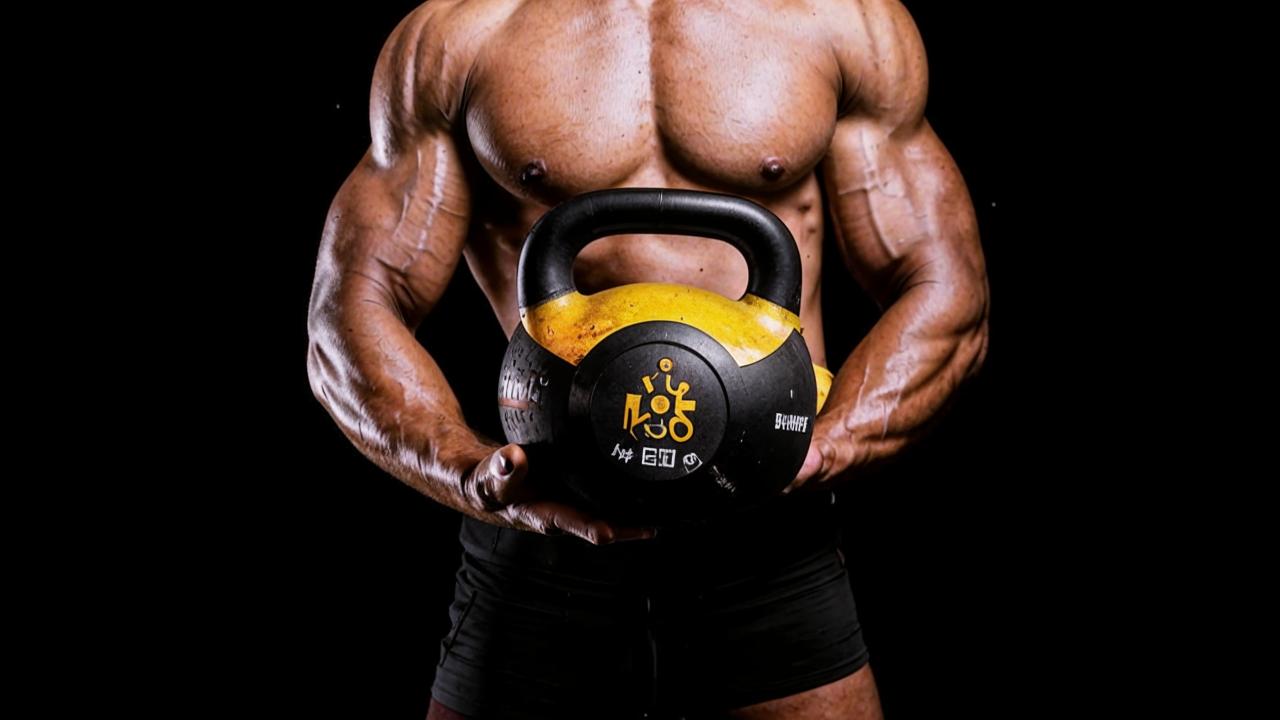
Kontrindikācijas
Contraindications in this case include injuries to the shoulders, back or hips, as well as any conditions that can be aggravated by rotational movements or the position of the arms above the head, for example, high or low blood pressure. Consult your doctor before starting a new workout, especially if you have any problems or pre-existing conditions.
Controlling the movement and understanding the technique is the key to success and the key to results.






